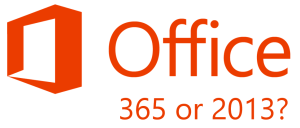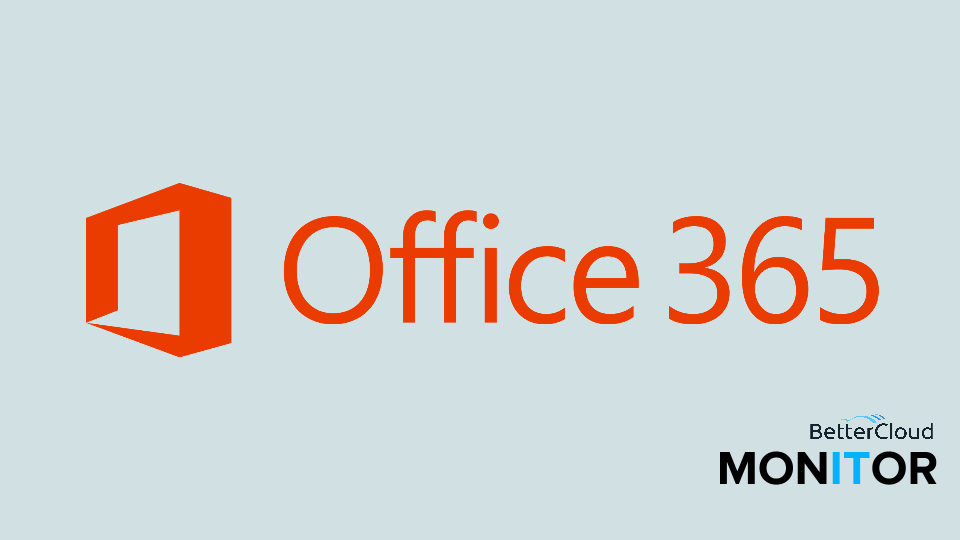What's the Difference Between Office 365 and Office 2013?
3 minute read

It’s not always totally clear what the difference is between Office 365 and Office 2013, or even whether or not there is a difference. Well, we’d like to clear it up!
Note that this post was written before the release of Office 2016, but the points about 2013 apply to both.

Office 2013 upholds tradition
In the past, Microsoft Office versions were generally denoted with a year, and referred to that way, too, i.e. “Have you upgraded to Office 2007 yet?” “No, I just can’t get used to the ribbon, so I’m going to stay with Office 2003 until my IT guy forces me to migrate.”
Office 2013 continues in that tradition and can be thought of as the “classic” Office suite: applications that you may launch from something like a desktop icon, available offline, and part of a continuum of familiar products that some have used for decades.
It’s possible to purchase Office 2013 as a standalone product, and some may choose to do so. However, it’s become more common for both personal and business users to have not just Office 2013, but Office 365.
Office 365 introduced the element of a subscription plan into the mix. Now, instead of buying the Office suite once and then owning that version forever, customers can subscribe to the cloud-based Office 365 suite and pay a monthly/yearly fee. Here’s where gets confusing for a lot of us: within some Office 365 plans, that monthly subscription includes installation of Office 2013.
Office 365 + Office 2013
In order to understand the relationship between Office 365 and Office 2013, it’s helpful to check out the plan breakdowns on Microsoft’s site. All Office 365 home subscriptions include Office 2013 at this time; that’s what “full installed Office applications” indicates.
When we look at Office 365 for business plans, we can see that some Business and Enterprise plans do not include “full, installed Office applications.” That means that users of those plans will be using Office Online, which you can read more about in the section below.
At the BetterCloud Monitor, we have an Office 365 for business subscription that includes 5 installs of Office 2013 per user. This option gives us a lot of flexibility. While one person might install Office 2013 on her work PC and home Mac and use those applications consistently, another user might prefer to consistently work in the Office Web Apps, or Office Online.
Office 365 without Office 2013
If you’re on Office 365 but your plan doesn’t include Office 2013, you’ll be using Office Online: Outlook Online, Word Online, Excel Online, and so on.
(Note: About a year ago, the Office Web Apps were rebranded to Office Online, but they are still widely referred to as Web Apps, which is why we often use that terminology here on the BetterCloud Monitor.)
These versions of Office products are stripped-down versions of the “classic” installed applications; for example, Excel Online does not have the full feature set of Excel 2013, but they are receiving feature updates and enhancements regularly.
So ultimately, comparing Office 365 and Office 2013 isn’t exactly a 1-to-1 comparison. You can have an Office 365 plan and use Office 2013 regularly, or you can have an Office 365 and only use Office Online. It will depend on both your plan type and your personal working style.






